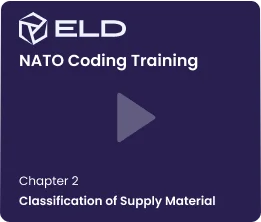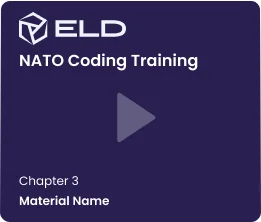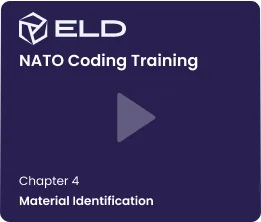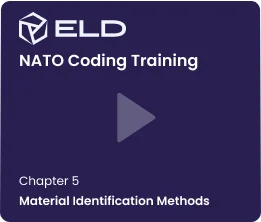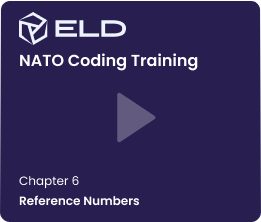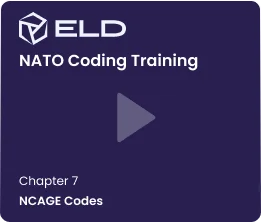Material Codification
We code your materials in accordance with the NATO AcodP-1 Standard, and we ensure that you receive the NCAGE code suitable for your company.
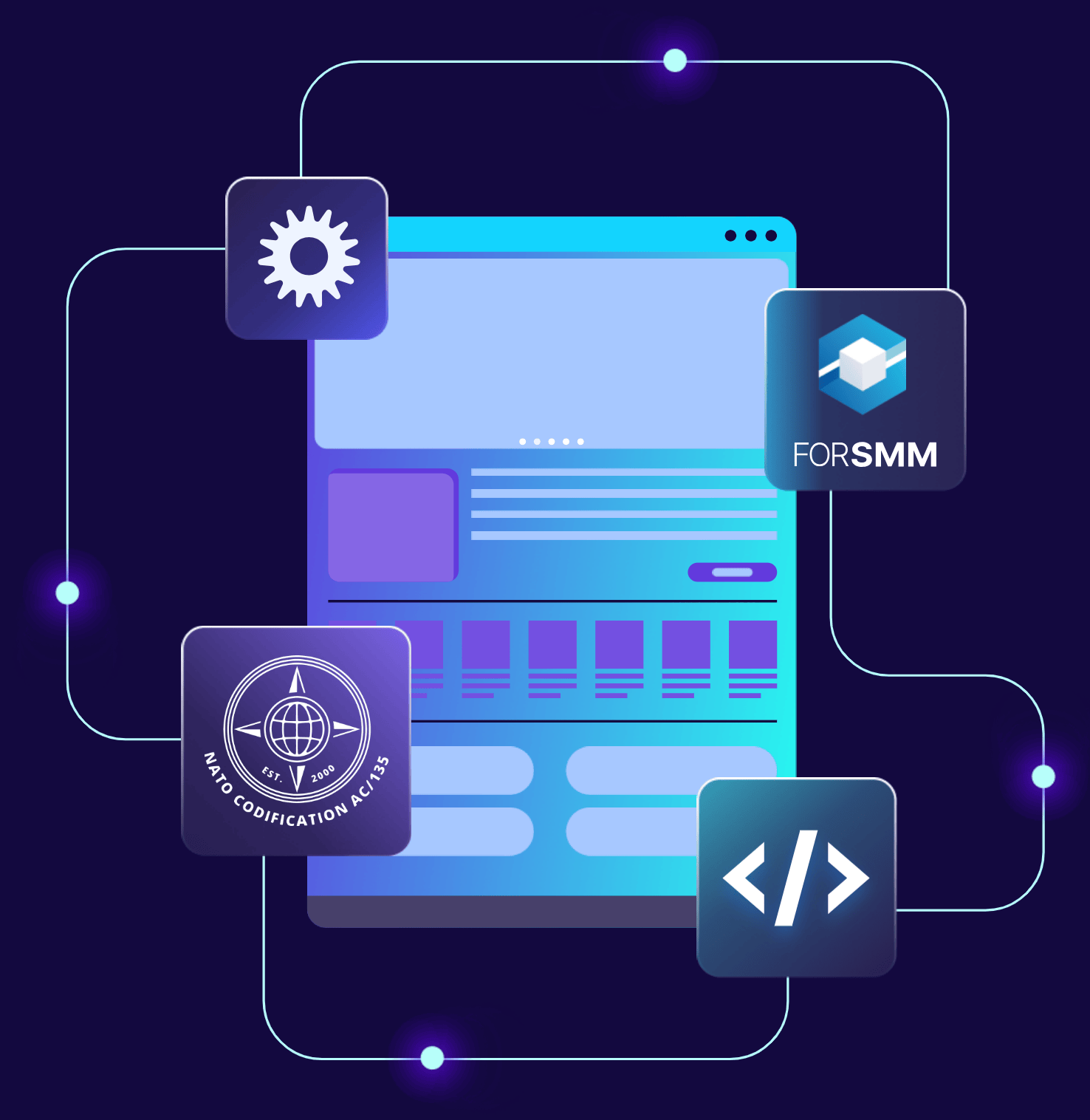
We simplify your tasks with our work on NATO Stock Numbers!
-
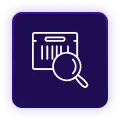
Monitoring the data of the stock numbers where the company is registered
-
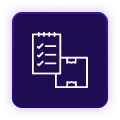
Preparation of data quality and current situation analysis report
-

Correction of stock number data
-
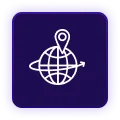
Registering as a manufacturer under the foreign stock number
-
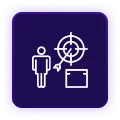
Training company personnel on codification
-

Consultancy service to companies that want to obtain a new stock number
NATO Codification Courses Offered by ELD Bilişim Akademi
To access our NATO codification courses and more resources, enroll in ELD Bilisim Akademi and become competent to surpass your competitors!
Frequently Asked Questions
The USA experienced great difficulties in the Second World War due to the different naming of materials by land and naval soldiers. The different usage of terms among the forces prevented the successful execution of logistics activities on the battlefield. These experiences revealed the necessity of the formation of a common material language in 1947. This system, which started as the Federal Stock Number (FSN) and was used only by the USA, was named NATO Stock Number (NSN) after its structure was changed in 1975 and the standards became NATO standards.
The NSN is currently used by 30 NATO member countries and 46 non-NATO countries, including Russia. NSN has become a common platform and language used for material procurement at an international level.
There are millions of products produced by different manufacturers in the world. It is of great importance that these products are grouped with a standard and that the inventory can be tracked.
There are two main purposes for assigning the NATO stock number:
- Identifying the material,
- To distinguish the material from its similar ones.
In the definition of NATO stock numbers, questions and answer types specific to each material are determined in accordance with the AcodP2/3 standard and are constantly kept up to date by NSPA (NATO Supply and Support Agency). This data is published as open source.
For example, there are over 60 thousand groups defined as "computer, digital" groups. The purpose of these groups is to gather similar materials under the same structure. Computers may have different features such as shape or material from which they are made, but if they comply with the definition of "a device that can complete a job consisting of many complex logical and arithmetic operations in a very short time by being commanded according to software loaded in its memory," our material is in the "computer, digital" group.
The NATO stock number consists of three basic parts, namely the Supply Classification Code, the National Coding Bureau Code, and the Material Number, and a 13-digit number, but only the 13-digit number does not contain all the information about the material. There is a data structure that also specifies the properties of the material.
For example, the first question in the computer definition is the design of the computer. This question is answered by choosing one of eight different designs (cabin, portable, desktop, console, etc.). Another question is memory capacity. This question, on the other hand, can be answered by choosing one of the units of terabytes or gigabytes, with one digit after the comma (256.0 gigabytes).
For example, there are 26 questions in total for the name of computer and digital material. 3 of these questions are mandatory and the remaining 23 are optional. However, answering more questions not only increases the quality of coding, but also increases the amount of information that can be used when searching for materials in the stock in the future. For example, even if the processor type is an optional question, the answer to the question "How many Core2 Duo computers are in our inventory?" will answer the question.
Response codes are also part of the NATO Stock Number messaging format, as they are used to exchange information between countries or to query databases. The answer codes are automatically translated into the national language of each country by the software. Response codes are shared between countries as codes, not as text.
The most important issue in the use of stock numbers is that each material has a single stock number. After the material to be supplied is determined, it has become very important to reach all manufacturers and provide competitive conditions. With the development of technology, it has become possible to reach manufacturers from all over the world.
For example, although a bulb with the same specifications has one stock number, there may be many companies that produce, distribute, or use the stock number in question. With the right numbering of this information in the stock number, information about both domestic and international manufacturers and distributors can be quickly found.
Manufacturers and vendors first register themselves (as the NCAGE code) and then their materials with the NATO system. In this way, they can get a share not only for their own countries, but also for the markets of NATO member countries. The aim for companies is not to get a new stock number, but to register as a producer/seller under the same stock number as produced in the world.
The National Coding Bureau, which is part of the Ministry of National Defense's Technical Services Department, is in charge of NATO Stock Number activities in Turkey.
The National Coding Bureau has been responsible for the coding of enterprises and products that have received procurement bids from the Ministry of National Defense (MSB) Central Organization, its subordinates, the Gendarmerie General Command, and the Coast Guard Command since January 1, 2002.
The National Coding Bureau has issued 676,574 domestic stock numbers and 18,629 local NCAGE company codes as of October 2019.
The NATO Master Catalog of References for Logistics (NMCRL) system has 17.4 million stock numbers and 2.9 million NCAGE corporate codes as of September 2020.
According to NATO standards, the material can be coded as 1, 2, or 4 types. For coding in type 1, all of the mandatory questions for the material must be answered. There is no requirement to encode in type 4. There are two types for personal usage.
The data of locally coded stock numbers is transferred to the NMCRL system and shared with all countries using this system. The higher the data quality, the greater the visibility of the material in the international market.
The armed forces purchase millions of dollars worth of material each year. In the case that the material data provided is of poor quality, the armed forces' computers can also locate material data supplied by other countries.
When we look at it from the perspective of our country, if the stock numbers of locally produced commodities are accurately reported and recorded in the NATO system, a foreign market for our industry will emerge immediately. NSPA purchases billions of dollars worth of material for NATO member countries every year. Being a part of this system is contingent on the activity stock number's good data quality.
Advantages of Codification Service:
- It ensures the standardization of materials, so that spare money can be used in more than one system.
- Provides inventory visibility of institutions and enables asset management.
- It enables the transfer of materials between institutions, thus increasing the effective use of resources.
- With good material coding, transactions can be made in domestic and international transactions without the need for language translation processes.
- It enables more effective handling and use of material information by information technologies.
- It prevents unnecessary purchases.
- It facilitates the tracking of material budgets.
- By enabling material management, it saves storage space and reduces stock levels.


